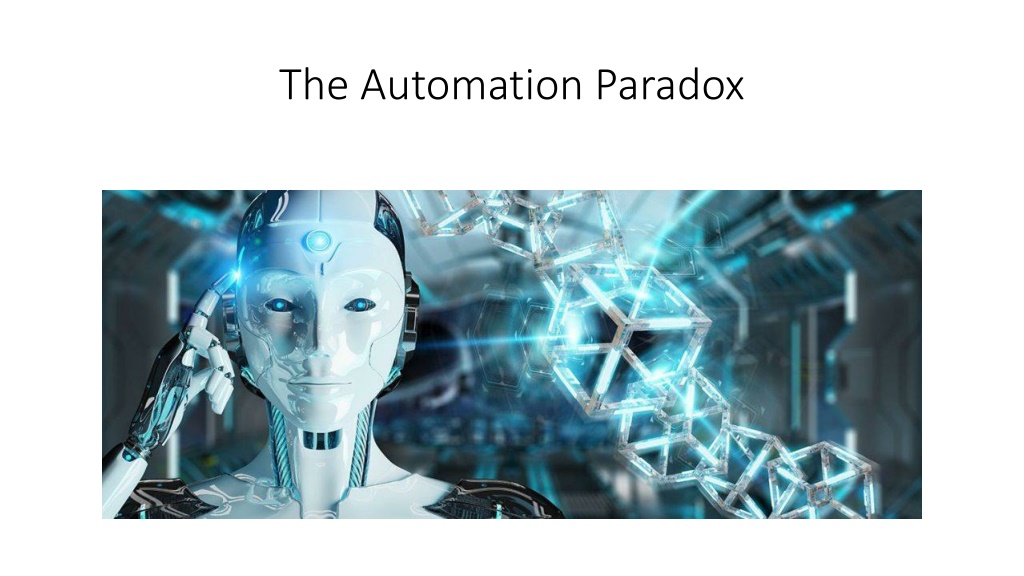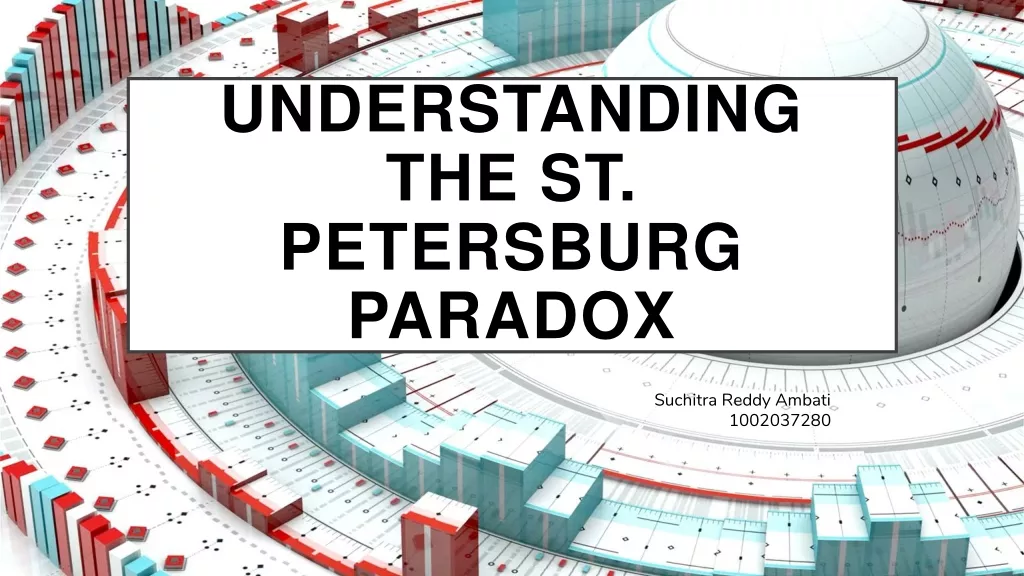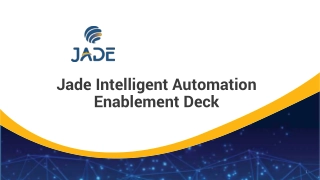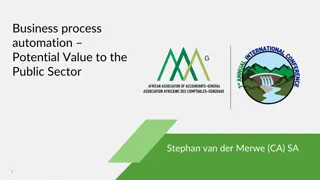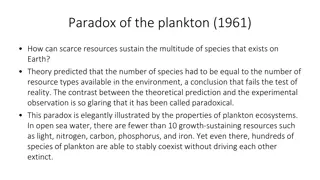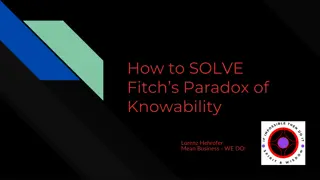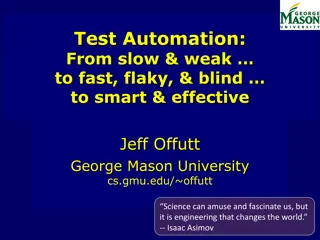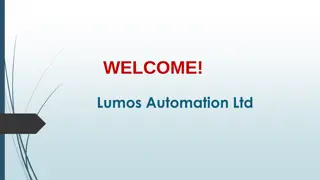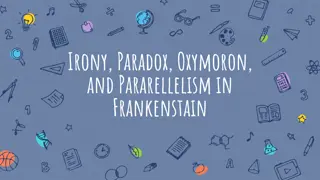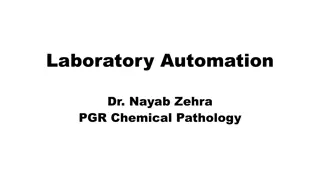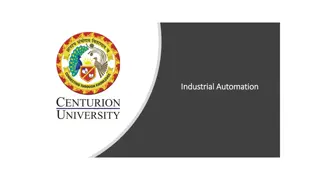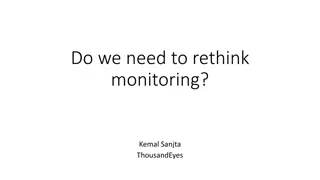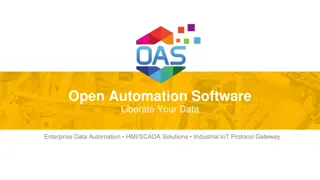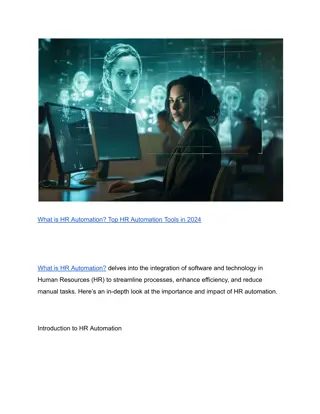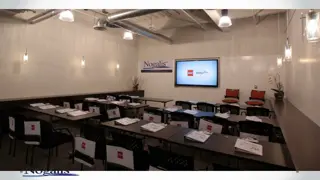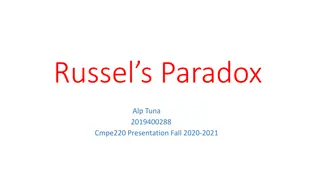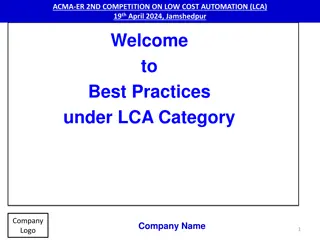The Automation Paradox
Exploring the concept of the automation paradox, this analysis delves into the writer's claim about automation as a paradox and how it relates to the results of software and McKinsey & Company studies. The information in graphs and the writer's use of transitions are evaluated, highlighting the need for workers to acquire new skills in a changing workforce landscape.
Download Presentation

Please find below an Image/Link to download the presentation.
The content on the website is provided AS IS for your information and personal use only. It may not be sold, licensed, or shared on other websites without obtaining consent from the author.If you encounter any issues during the download, it is possible that the publisher has removed the file from their server.
You are allowed to download the files provided on this website for personal or commercial use, subject to the condition that they are used lawfully. All files are the property of their respective owners.
The content on the website is provided AS IS for your information and personal use only. It may not be sold, licensed, or shared on other websites without obtaining consent from the author.
E N D
Presentation Transcript
Why is the writers claim about automation a paradox? Paragraph 3
Analyze Why is the writer s claim about automation a paradox?
How do the results of the software study relate to the writer s claim?
Number and Stats Number and Stats
How does the information in the graph support the writer s claim?
How does the writer use these transitions to connect ideas? In paragraph 6
How do the results of the Mckinsey and Company study relate to the writer s argument?
Choose the correct answer: 1-What is the main idea that s presented by Bessen in The Automation Paradox The effects of technology in the workforce. 2-What is the author s claim in The Automation Paradox ? The author believes computer automation has a positive impact on jobs and employment. 3-According to the essay the negative great impact of technology has mostly affected: Blue-collar workers 4- Beliefs, feelings or thoughts are considered as : an opinion 5- It will require some workers to gain new skills to meet the demands of a changing workforce. a-True b-False
